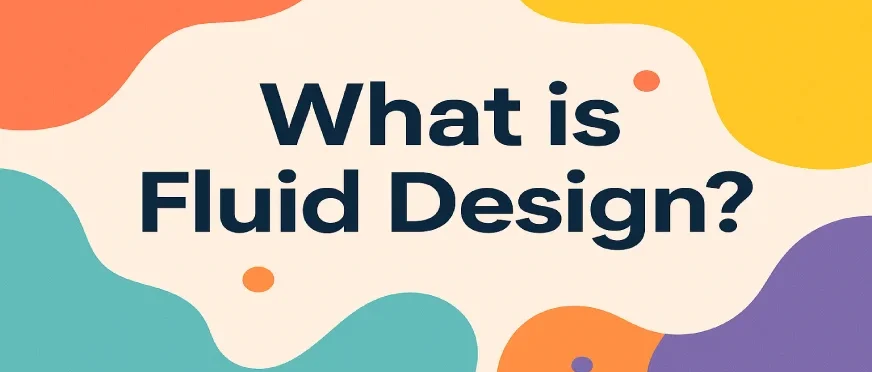SEO (Search Engine Optimization) is the process of improving a website’s content, structure, and technical setup so it ranks higher on search engine results pages (like Google). The goal is to increase organic (non-paid) traffic by making the site more relevant, fast, and easy for both users and search engines to understand.
Have you ever wondered how websites show up on the first page of Google? That’s the power of SEO (Search Engine Optimization). In simple terms, SEO is the practice of optimizing your website to rank higher on search engines and attract more visitors. Whether you’re a beginner trying to understand the basics or someone looking to dive into advanced strategies, this guide will walk you through everything you need to know. From on-page SEO to real-world examples in digital marketing, we’ve got you covered.
What is SEO?
SEO stands for Search Engine Optimization. It’s the process of improving your website so it ranks higher on search engines like Google. The better your SEO, the more people find your site when they search for something related to your content.
Here you can check you type word “ SEO” and see the results that ranking organically.
Types of SEO
- On-Page SEO:
This is what you do on your website. It includes things like:
- Using the right keywords
- Writing great content
- Optimizing images
- Off-Page SEO:
This is about what happens outside your site. Think backlinks (when other websites link to yours), social media shares, and online reputation. - Technical SEO:
This one’s more advanced. It covers things like:
- Making your site faster
- Mobile-friendliness
- Fixing broken links
Ensuring search engines can crawl your site properly
Also Read, On-Page SEO: What Is It and How to Do It?
Why SEO is Important?
Let’s say you own a bakery in Mumbai. If someone searches “best chocolate cake in Mumbai” and your website shows up on the first page, boom—you’ve got a new customer. That’s the magic of SEO.
Also Read , Off-Page SEO: What Is It and How to Do It?
What is SEO in Digital Marketing with Examples? (Secondary Keyword)
SEO is a big part of digital marketing. It helps businesses get more visitors from search engines without paying for ads.
Example 1:
Let’s say you write a blog post titled “10 Easy Pasta Recipes”. You use keywords like “easy pasta”, “quick dinner ideas”, and “homemade pasta recipes”. If done right, people searching for these phrases will find your blog.
Example 2:
You have an online shop selling eco-friendly bags. If someone searches “best eco-friendly bags India” and your site appears, that’s SEO doing its job.
Now that you know what SEO is, you can also explore some of the Best Free AI Tools for SEO to help you get started and improve your results with ease.
Final Thoughts
SEO helps people find your website easily on search engines. By improving your content and website setup, you can get more visitors without paying for ads. Good SEO builds trust, increases traffic, and supports your business growth online.
Q1. What is the 80/20 rule of SEO?
About 80% of SEO results come from 20% of the key efforts—like high-quality content, strong backlinks, and good site structure.
Q2. What is the minimum time for SEO?
It usually takes at least 3–6 months to see noticeable results from SEO work
Q3. Is 70 a good SEO score?
Yes, a score of 70 (on tools like SEO audits) is generally considered good but still leaves room for improvement.
Q4. How to do successful SEO?
Create valuable content, use relevant keywords, earn quality backlinks, optimize site speed and mobile friendliness, and monitor performance regularly.




